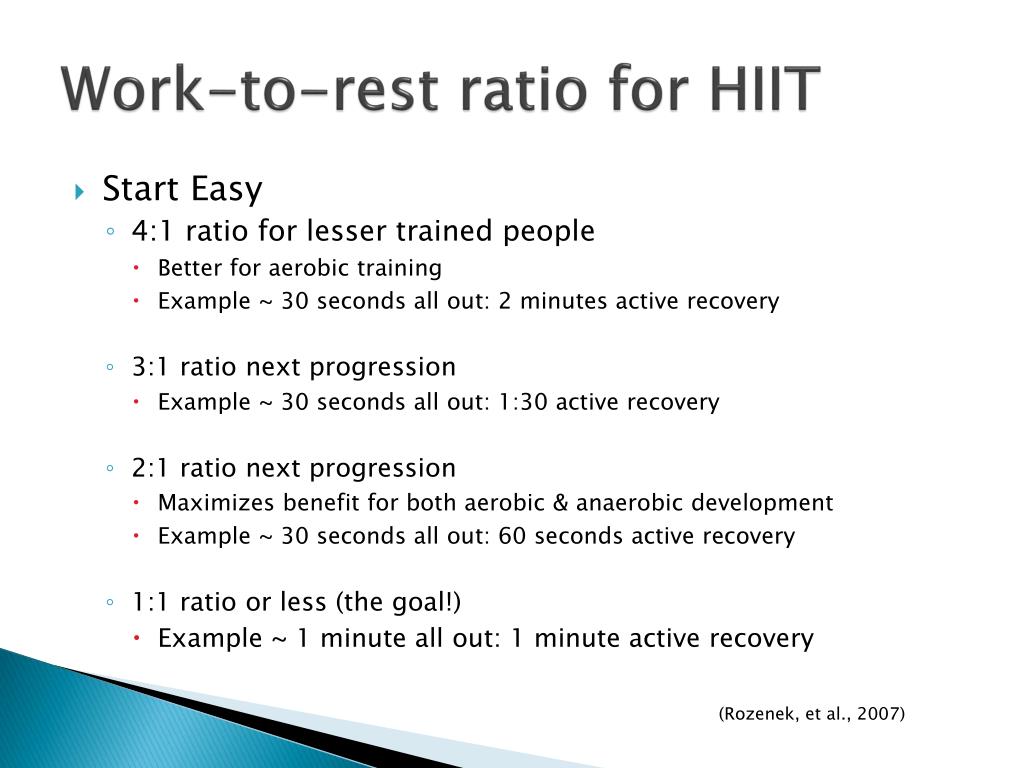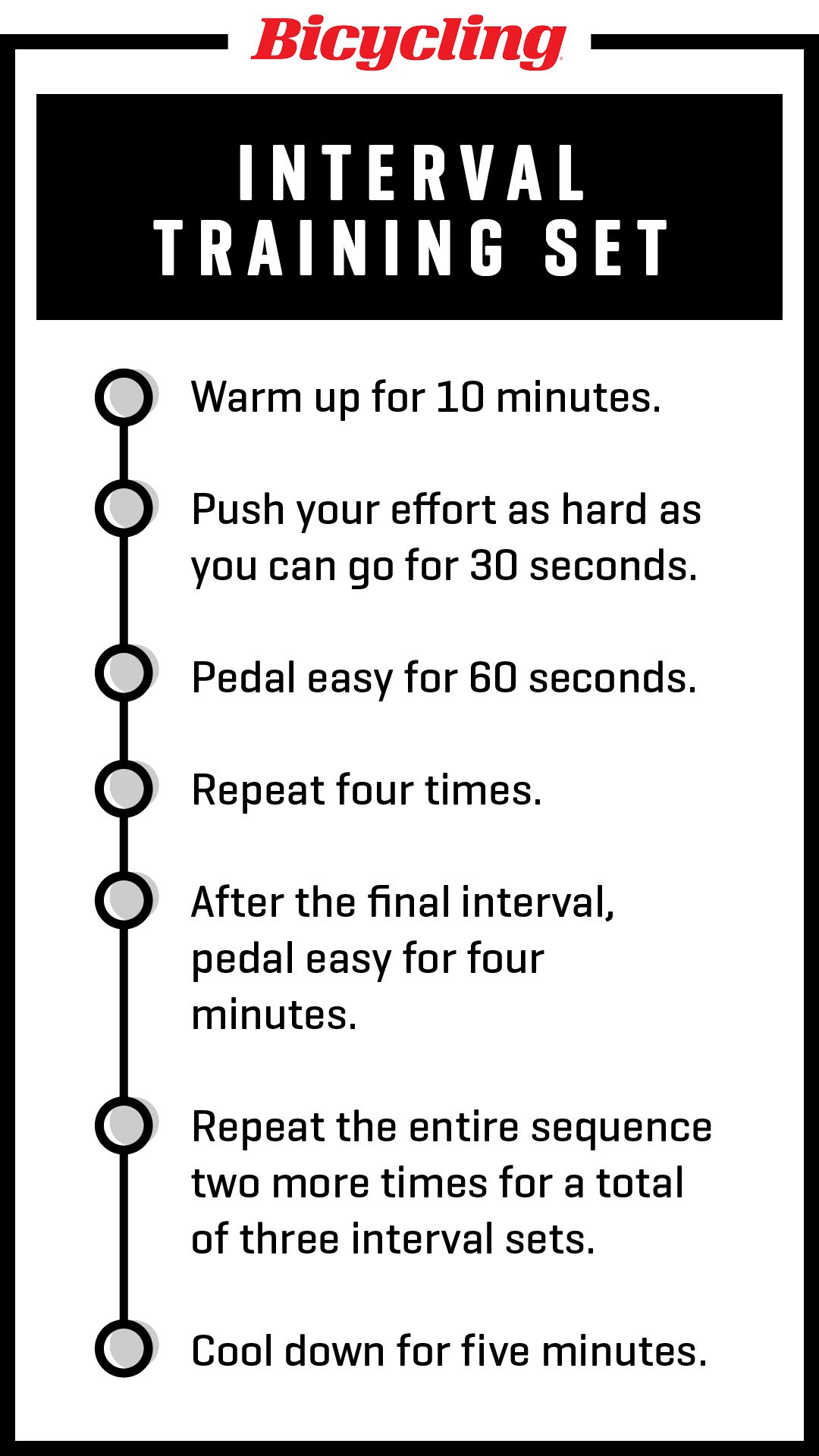
Currently, the scientific community shows a diversity of HIIT methods applied in different studies, with different types of samples and protocols which suggest that the acute physiological mechanisms during HIIT are not clear, or that all their possibilities are not taken into account. The manipulation of any of them can affect the acute physiological responses of the subject.
HIIT REST TIME SERIES
The prescription of a HIIT consists of the manipulation of up to nine variables including intensity and duration of the work interval, intensity of the recovery interval, and duration, type of exercise, number of intervals, time of series, recovery between series duration and intensity. However, the goal of HIIT is defined as increasing the training time close to VO2max, thus producing a stronger stimulus for cardiovascular health and muscle adaptations. Īccording to Seiler the intensity of exercise can be divided into three zones: exercise intensity zone 1, which corresponds to an intensity with minimal accumulation of lactate in the blood, zone 2, which corresponds to an intensity with accumulation of lactate in the blood (below the lactate threshold (LT) or ventilatory threshold (VT)), but with a rate in the exercise that remains sustainable with effort (below maximal lactate steady state (MLSS)/ onset of blood lactate accumulation (OBLA)), and zone 3, which corresponds to an intensity that cannot be maintained for more than 5 min, and therefore we define it as HIIT.

With exercises at these intensities, the oxygen delivery and utilization systems are under maximal stress, which may provide the most effective stimulus for increasing maximum oxygen uptake (VO2max). In addition, HIIT is considered the most effective training modality to improve cardiorespiratory and metabolic functioning and, in turn, endurance performance since this exercise modality allows individuals to perform a greater volume of exercises at high intensity, than do continuous exercises. Due to these recovery phases, peak workloads can be sustained for a longer cumulative period than in a period of continuous exercise. HIIT can be defined as repeated bouts of high intensity exercise, from a maximum lactate steady state (MLSS) respiratory compensation point (CPR) to a total supramaximal exercise intensity, interspersed with periods of recovery from low or moderate intensity exercise (active recovery) or complete rest. High-intensity interval training (HIIT) is a training method currently considered one of the most effective in improving cardiorespiratory and metabolic function. The percentage of maximum power developed reached in each HIIT protocol is related to the duration of the working intervals.

The comparison of the three HIIT protocols shows that the duration of the work/rest intervals, starting from 30 s of work, in the cycloergometer, there are no significant differences in the levels of lactate concentration in the blood, nor in the heart rate, since a similar amount is obtained in the three protocols. The test was performed in a cycloergometer set in workload mode independent of the pedaling frequency.

The HIIT protocol consisted of one of the three HIIT protocols, of 30, 60 and 90 s density ratio 1:1 and with passive rest, with a total exercise duration of 10 min. Our objective was to evaluate the acute responses of three HIIT protocols of different work/rest interval times over the total time of the session, with self-selectable load and up to exhaustion, “all out”.The sample was composed of 22 male participants ( n = 22) between 19 and 24 years old. High-Intensity Interval Training (HIIT) is described as a succession of short duration and maximum or near-maximum intensity efforts, alternated by recovery periods during which exercise continues at a lower intensity (active recovery) or is interrupted (passive recovery).


 0 kommentar(er)
0 kommentar(er)
